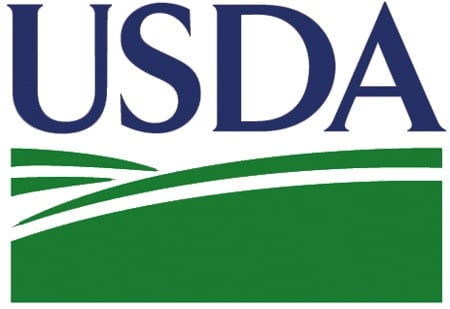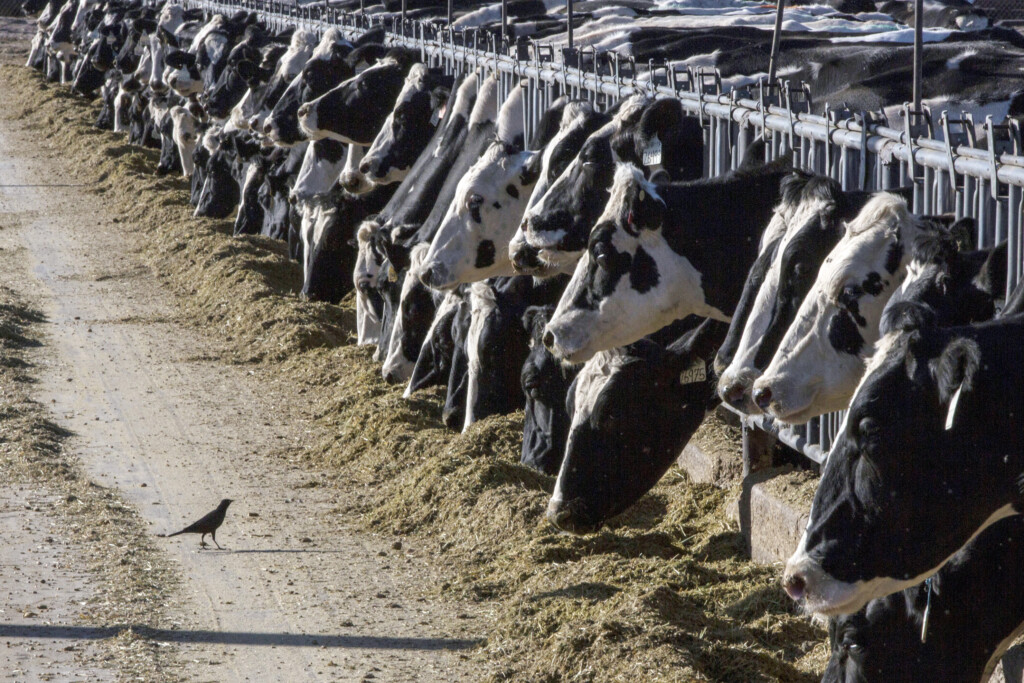Red River Watershed Management Board collecting terrain data using LiDAR for flood mitigation
FARGO, N.D. (KVRR) — The Red River Watershed Management Board is collecting new data on the elevation of the ground in our region in order to better predict and mitigate flooding.
The Board has contracted with Sanborn Mapping Company to collect what’s called Light Detecting and Ranging data, also known as LiDAR. It’s collected through a laser and is used to create accurate, 3D models of the terrain. This type of data was last collected in the area in the winter of 2008 into 2009.
“As we’re flying along, I have a screen that I look at to make sure I stay on my line and not deviate too much left and right or up and down. But the system, once the operator turns it on, basically controls itself,” explained Sanborn survey pilot Sergi Mkrtychev.
Board members say not only do detailed LiDAR measurements offer high-resolution elevation data, but they also show surface roughness. All of this information is useful when looking at flood mitigation and habitat restoration projects.
“The existing data is about 12 or 13 years old and with changes on the landscape, and then also changes in the technology, the board just thought it was the right time to update this data,” added Red River Watershed Management Board Executive Director Robert Sip.
Three planes are flying over a 20,000 square mile area in the Minnesota portion of the Red River Watershed.
That includes Board member watershed districts like Red Lake and Roseau River, as well as counties like Grant and Otter Tail.
Sip adds that some people will be able to implement the data in their day-to-day lives. “Farmers and ag drainage, tiling contractors, and people that are working in the drainage industry, will use this data everyday. So, it’s a great tool to make sure when they’re putting in a new ditch or doing drainage maintenance work, or putting in a new pattern tiling system, that they’re going to be on and accurate.”
The Board is funding the $2.3 million project since it was unable to secure state or federal funding.
The data collection process is about halfway done and is expected to be completed within two to three weeks, weather permitting.
“About a year ago, it seemed like this would never end but here we are and we’re getting data will soon have data for our watershed districts,” Sip said.
Once completed, the data will be accessible through the International Water Institute and the Board.
For more information, click here.






